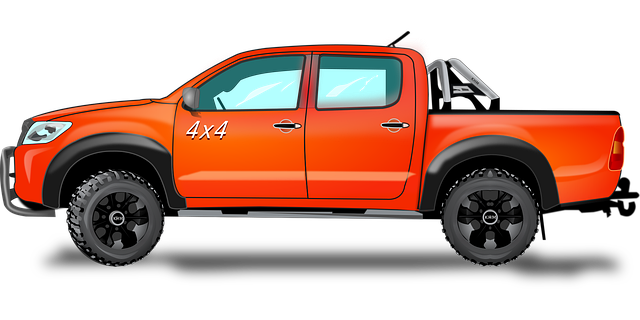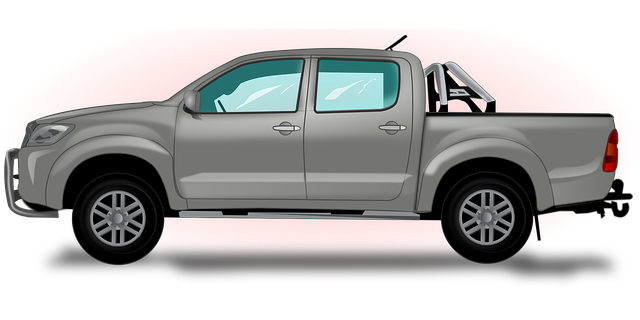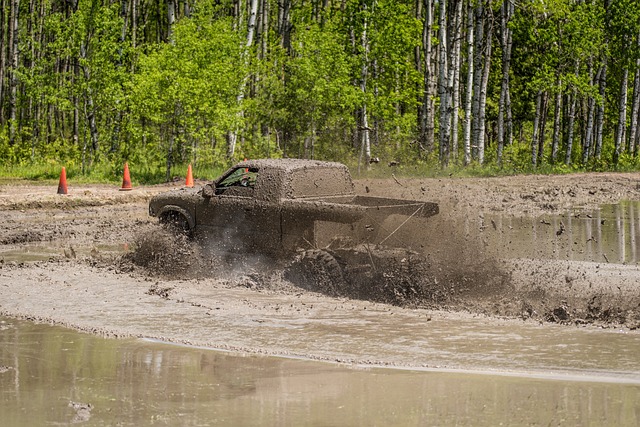Recovery lines, essential 4×4 parts in Brownsville, offer drivers off-road assistance and safety. Made of durable materials, these lines attach to vehicles for extra grip on uneven terrain. In urban areas, they serve as green spaces, improving well-being and providing play areas. When equipping your 4×4 with recovery lines, consider weight capacity, intended use, material preferences, and compatibility with existing parts for a tailored, secure setup. Access to quality 4×4 parts in Brownsville ensures drivers are prepared for off-road challenges while enhancing urban green spaces.
“Unleash your 4×4’s potential with recovery lines—essential 4×4 parts that enhance off-road capabilities. This comprehensive guide explores the critical role of recovery lines, shedding light on their definition, purpose, and impact on various terrains. We delve into a case study showcasing their effectiveness in urban environments, specifically Brownsville, where resilient recovery lines proved invaluable. Furthermore, learn how to choose the right recovery line tailored to your 4×4’s needs, considering essential factors for optimal performance.”
- Understanding Recovery Lines: Definition and Purpose in 4×4 Vehicles
- The Role of Recovery Lines in Urban Environments: A Case Study in Brownsville
- Choosing the Right Recovery Line for Your 4×4: Factors to Consider
Understanding Recovery Lines: Definition and Purpose in 4×4 Vehicles

Recovery lines, a key component in 4×4 vehicles, serve as versatile tools designed to assist in extricating vehicles from challenging off-road situations. These robust lines, often made from durable materials like steel or high-strength nylon, are attached to the vehicle’s undercarriage and can be extended to gain purchase on uneven terrain. Their primary purpose is to provide additional grip, enabling drivers to lift or pull their vehicles clear of mud, sand, or other obstacles that might otherwise render them stranded.
Brownsville, known for its diverse terrain and off-road enthusiasts, offers a prime setting to appreciate the value of well-equipped recovery lines. Local 4×4 owners frequently rely on these essential parts when tackling the region’s challenging trails. Accessible 4×4 parts in Brownsville ensure that drivers have the necessary tools to confront unforeseen obstacles head-on, enhancing safety and enjoyment during their adventurous excursions.
The Role of Recovery Lines in Urban Environments: A Case Study in Brownsville

In urban environments, where concrete jungles dominate the landscape, recovery lines emerge as vital green spaces that offer a respite from the hustle and bustle. A prime example is found in Brownsville, a vibrant neighborhood known for its rich cultural tapestry. Here, recovery lines serve multiple functions, enhancing both the physical and social well-being of residents. These green corridors, often featuring 4×4 parts and natural elements, provide a much-needed break from the city’s labyrinthine concrete paths.
Brownsville’s recovery lines are not just aesthetic additions; they actively contribute to the local ecosystem by mitigating urban heat islands, improving air quality, and supporting biodiversity. Moreover, these spaces foster community engagement, encouraging residents to gather, socialize, and cultivate a sense of belonging. The 4×4 parts within these lines create unique play areas for children and provide opportunities for adults to connect with nature, offering a contrast to the area’s vibrant yet bustling atmosphere.
Choosing the Right Recovery Line for Your 4×4: Factors to Consider

When equipping your 4×4 with recovery lines, selecting the appropriate type is paramount to ensure effectiveness and safety during roadside assistance or off-road adventures. There are several factors to take into account when choosing the right recovery line for your 4×4 in Brownsville or anywhere else. First, consider the vehicle’s weight capacity; each recovery line has a specific load rating, so it’s crucial to select one that can support your 4×4’s weight without risking damage or failure.
Next, assess the intended use. Are you primarily using it for towing heavy trailers on the highway, navigating rough off-road terrains, or both? Different applications may require distinct recovery line materials and construction. For instance, synthetic lines are lightweight, durable, and ideal for various conditions, while wire ropes offer superior strength but are heavier. Moreover, check compatibility with your vehicle’s hitch setup and existing 4×4 parts in Brownsville to ensure hassle-free installation.
In conclusion, recovery lines are essential 4×4 parts that enable off-road navigation and rescue operations. From understanding their definition and purpose to choosing the right type for your vehicle, as demonstrated through our case study in Brownsville, these lines play a pivotal role in enhancing safety and accessibility. When selecting recovery lines, consider factors like material strength, compatibility with your 4×4, and intended use—whether in urban or rugged environments. By making informed decisions about these crucial 4×4 parts, you can ensure better preparedness for challenging terrains and emergency situations, thereby maximizing the utility of your vehicle in diverse settings, including right here in Brownsville.



